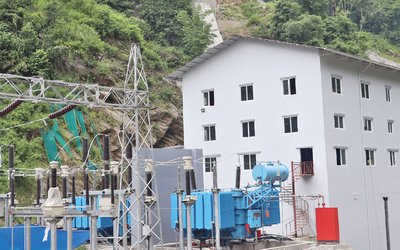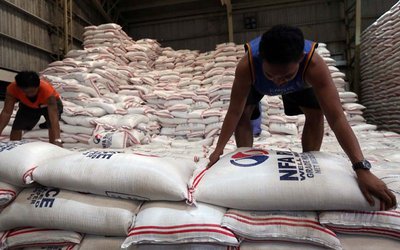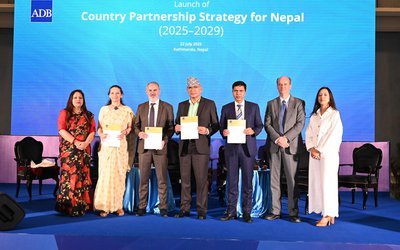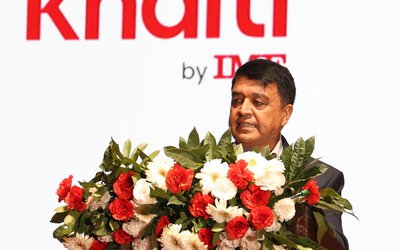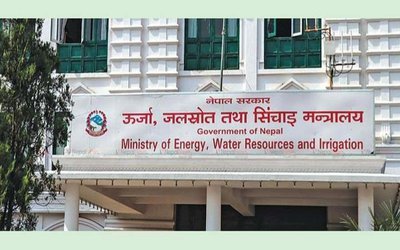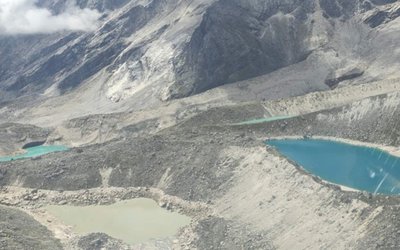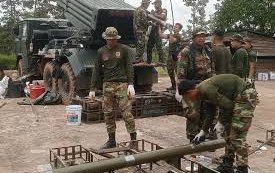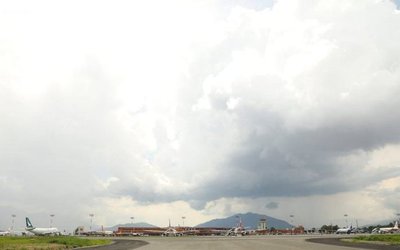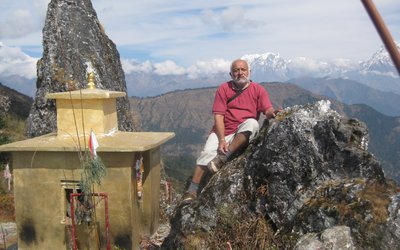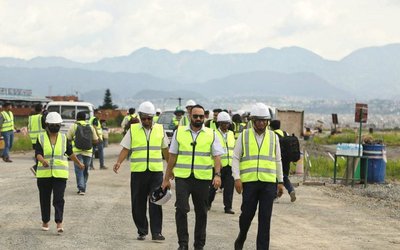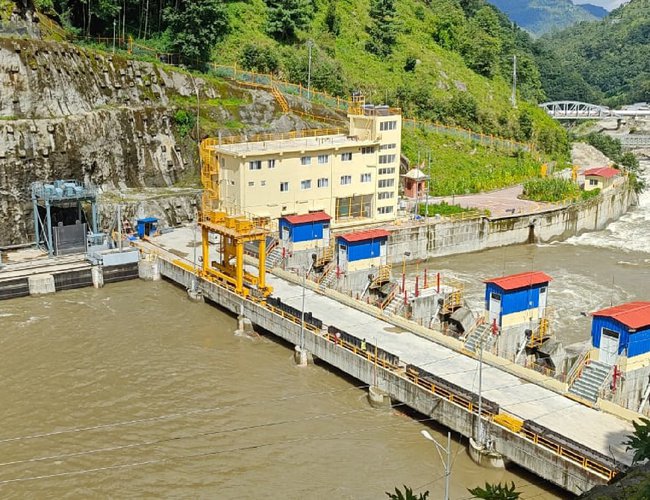
The electricity generated by the 82-megawatt Lower Solu Hydropower Project, located in the mountainous district of Solukhumbu, has been integrated into Nepal’s national power transmission system. The project, built in Solukhola of the district, has been connected to the national grid through the 132 kV double-circuit transmission line of the Solu Corridor, passing via the Tingla substation.
Constructed with private investment, this project has become a significant milestone in terms of electricity production and transmission. According to Krishna Bahadur Chaudhary, Assistant Manager of the project promoted by Solu Hydropower Limited, the first unit of electricity production began on Shrawan 4 (mid-July) and has already been connected to the grid for testing.
He explained that water is diverted from a dam built at Salme, located between Wards 7 and 11 of Solududhkunda Municipality, and channeled about six kilometers down to an underground powerhouse at Bhadaure, Tingla, to generate electricity.
A five-kilometer-long tunnel was constructed to control the flow of the river and facilitate energy generation. Assistant Manager Chaudhary stated, "Two Pelton turbines, each with a capacity of 41 MW, have been installed. Both units have successfully completed grid testing. Now, the Nepal Electricity Authority will conduct a production test over the next 15 days." After NEA’s approval, the project is expected to begin regular commercial electricity supply.
The construction of the project began in 2016 and faced several challenges, including difficult geography, technical complexities, and climate-related disruptions. Nearing completion, a landslide severely damaged structures including the penstock, requiring a complete rebuild. Despite increasing the cost, the reconstruction is expected to improve the project's long-term sustainability, Chaudhary added.
Built with an investment of NPR 16 billion from various European banks, including FMO, this project stands as a model of cooperation between the private sector and international partners. Experts say that such a large investment, effective risk management, and early completion are major achievements. Although the company had initially targeted project completion by September 2025, construction finished two months ahead of schedule, and electricity generation has already begun.
The Lower Solu Project is expected to produce a minimum of 23 MW in winter and up to 82 MW during the monsoon season. The generated electricity is transmitted to the national grid via the 132 kV double-circuit line through the Tingla substation.
This project is part of the government's "Super Six" initiative, which includes six major hydropower projects being developed through private investment. Among privately developed projects in Nepal, the 86 MW Solu Dudhkoshi remains the largest, already in operation. The Lower Solu Project is now the second-largest hydropower project funded by the private sector.
In addition to electricity generation, the project has contributed significantly to employment, infrastructure, business activity, and economic development in Solukhumbu. Dozens of local youths were involved in technical and non-technical work from tunnel excavation to penstock installation and turbine setup to powerhouse operation. Local representatives believe the project will serve as a foundation for the prosperity of Solukhumbu. It is also expected to boost tourism, industry, services, and infrastructure development in the region.
- Small Glacial Lakes In Nepal Poses A High Flood Risk
- Jul 26, 2025
- Weather Forecast: Generally Cloudy In Hilly Region And Partly Cloudy In Rest Of Nepal
- Jul 26, 2025
- ADB Funded Upgradation Work of Tribhuvan International Airport Is Progressing: DG Pradeep Adhikari
- Jul 25, 2025
- IOE Secretary-General Santos Praise FNCCI’s Role in Improving Industrial Relations
- Jul 25, 2025
- Weather Forecast: Generally Cloudy Across The Country, Heavy Rain Is Likely To Occur In The Few Places Of Bagmati And Gandaki Provinces
- Jul 25, 2025

